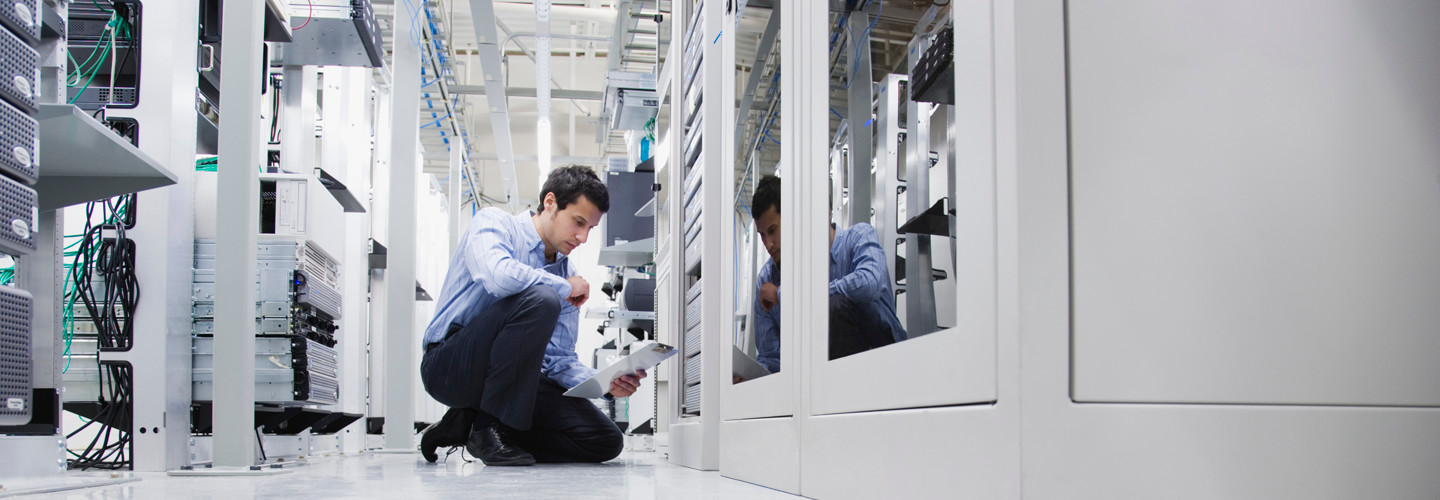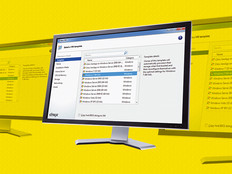Preparing for the Software-Defined Data Center
The software-defined data center is not for every enterprise. Smaller organizations may find that the cost, effort and risk inherent in migrating aggressively to an SDDC is not worth the eventual return on investment in improved responsiveness, enhanced control and reduced ongoing expense.
Even as organizations begin to deploy solutions, the software-defined data center remains very much a vision. Server virtualization is mature, but software-defined storage and networking both are still in their formative stages. Enterprises that aim to move to an SDDC face a years-long process as they acquire skill sets, redirect hardware acquisitions and adapt business and IT processes.
What follows are necessary steps that IT teams should take to better position themselves for transition to an SDDC.
-
Prepare the infrastructure by virtualizing all aspects of data center operations. Once the server, storage and network infrastructures are virtualized and pooled, the data center becomes eligible for policy-based provisioning.
-
Standardize. Adopt the standard of one when it comes to the infrastructure: one network vendor, one storage vendor, one server vendor, one hypervisor, etc. This approach will result in lower cost to service and better position the organization to take advantage of automation/orchestration solutions that are emerging.
-
Acquire and develop the skills on staff to effectively deploy, manage and master next-generation SDDC solutions. Place a premium on expertise in the areas of systems automation and orchestration. Explore vendor-provided consulting and service offerings that can augment on-staff expertise.
-
Create an organizationwide automation and orchestration strategy. Moving to an SDDC mandates the adoption of automation and orchestration at a strategic level. Get ahead of the process and start assessing available products and tools, and commit to training staff. Ensure that mission-critical policy and compliance issues, including those around information security, are fully accounted for in the plan.
-
Select a solution for policy-based infrastructure provisioning and for continuous and policy-driven capacity planning.
-
Start thinking about a strategy to adopt open standards. Carefully track the progress of standards such as OpenStack and OpenFlow, and confer with vendor partners on their approach to these standards.
-
Carefully assess and adjust software and hardware acquisitions to align with organizational goals. Implement guidelines based on product management APIs and consider vendor support for standards.
-
Transitioning to an SDDC requires a change that goes beyond simply adapting technology and processes, and extends to the culture and structure of the organization.
Want to learn more? Become an insider and access CDW's white paper, “Defining Moment: The Software-Defined Data Center.”







